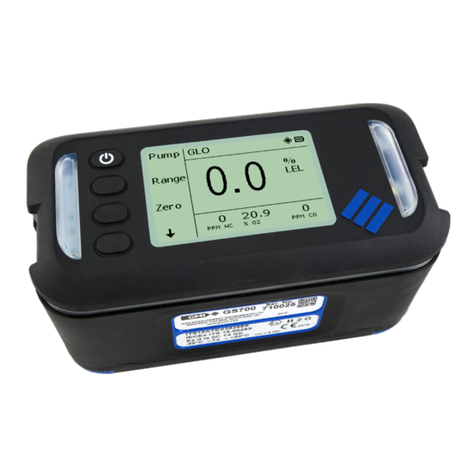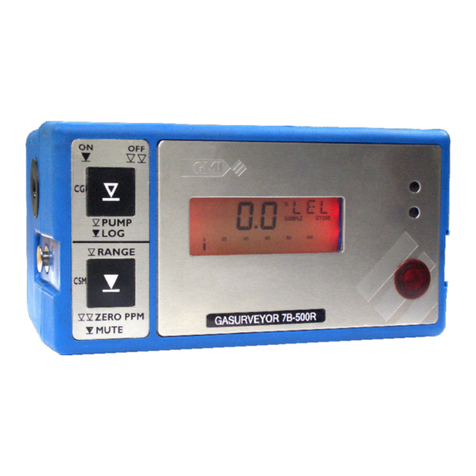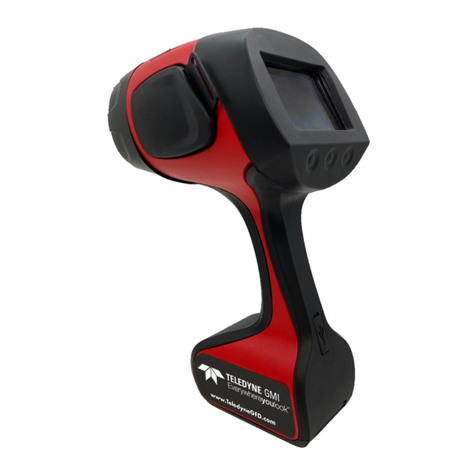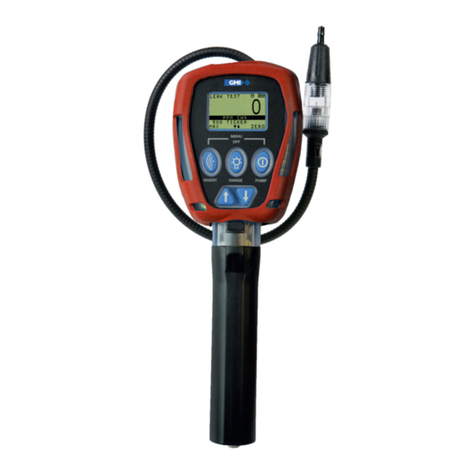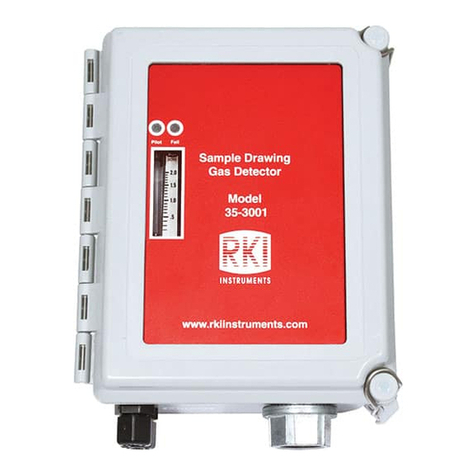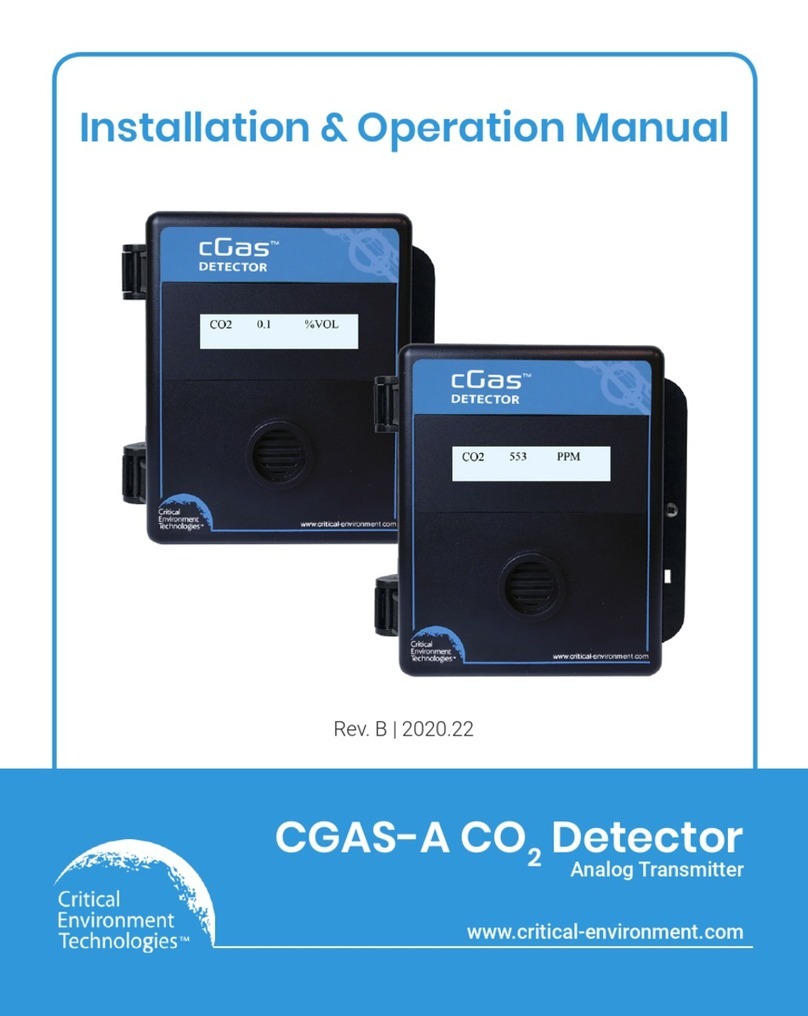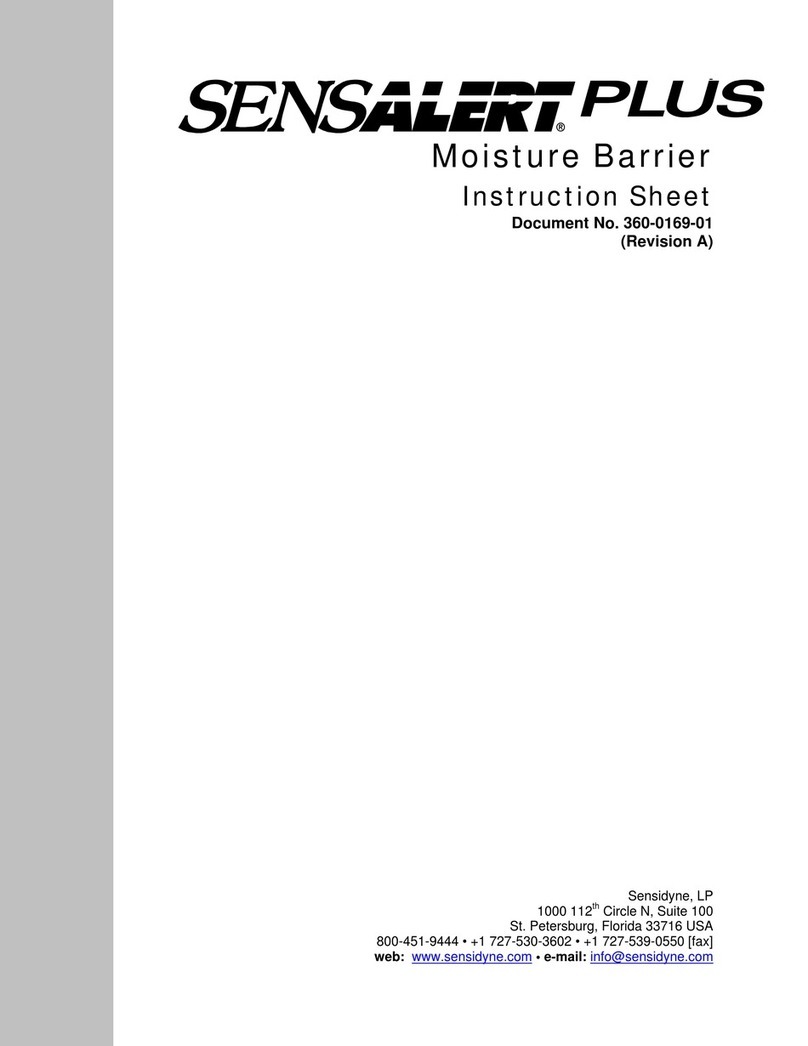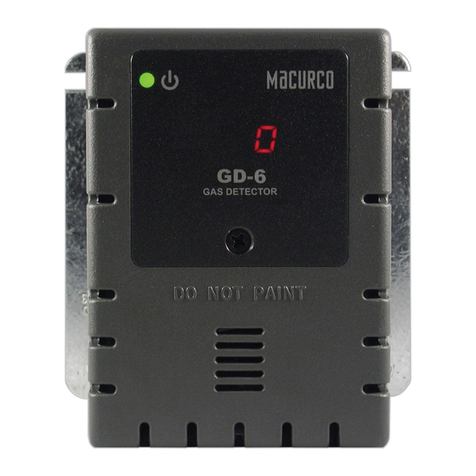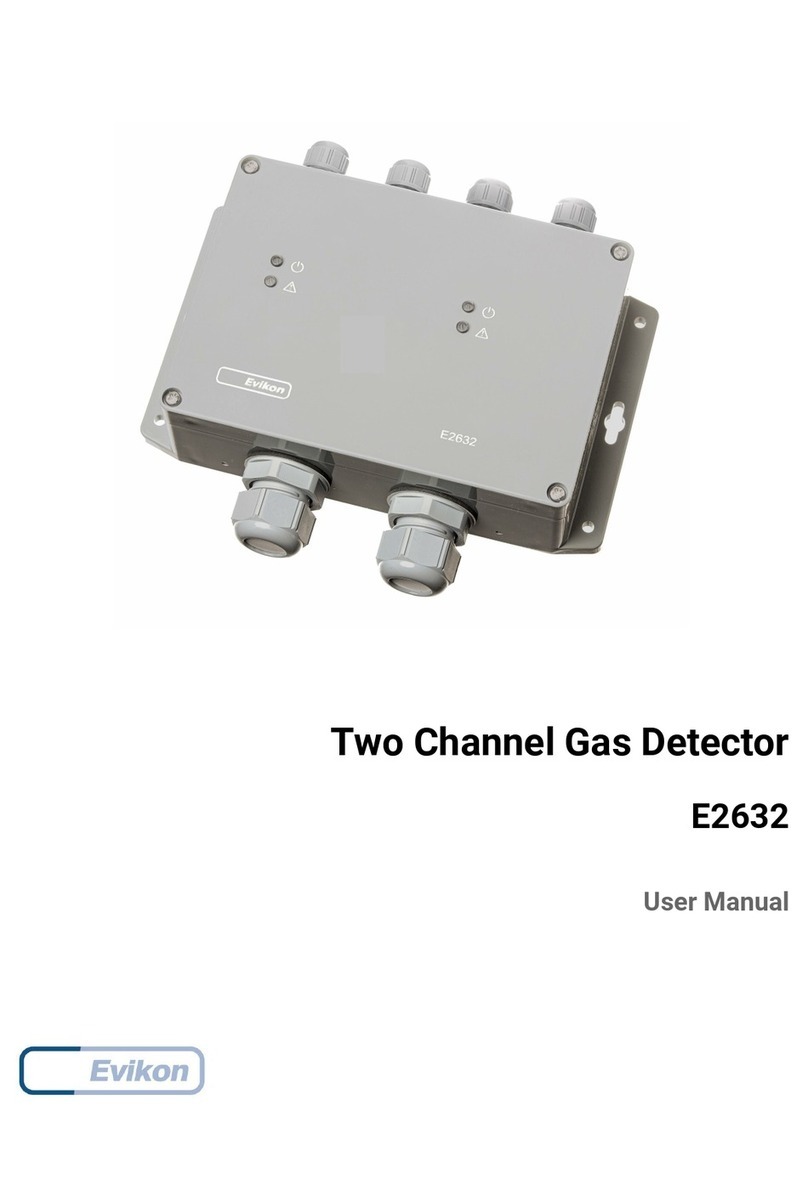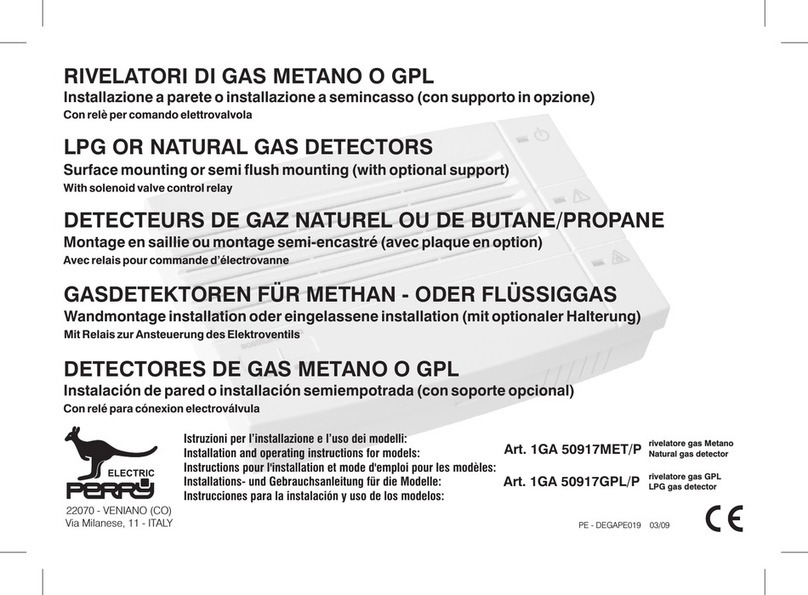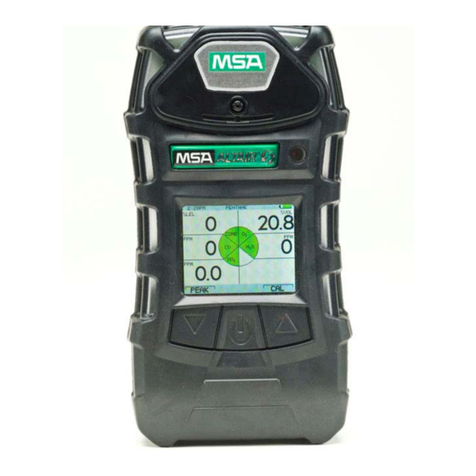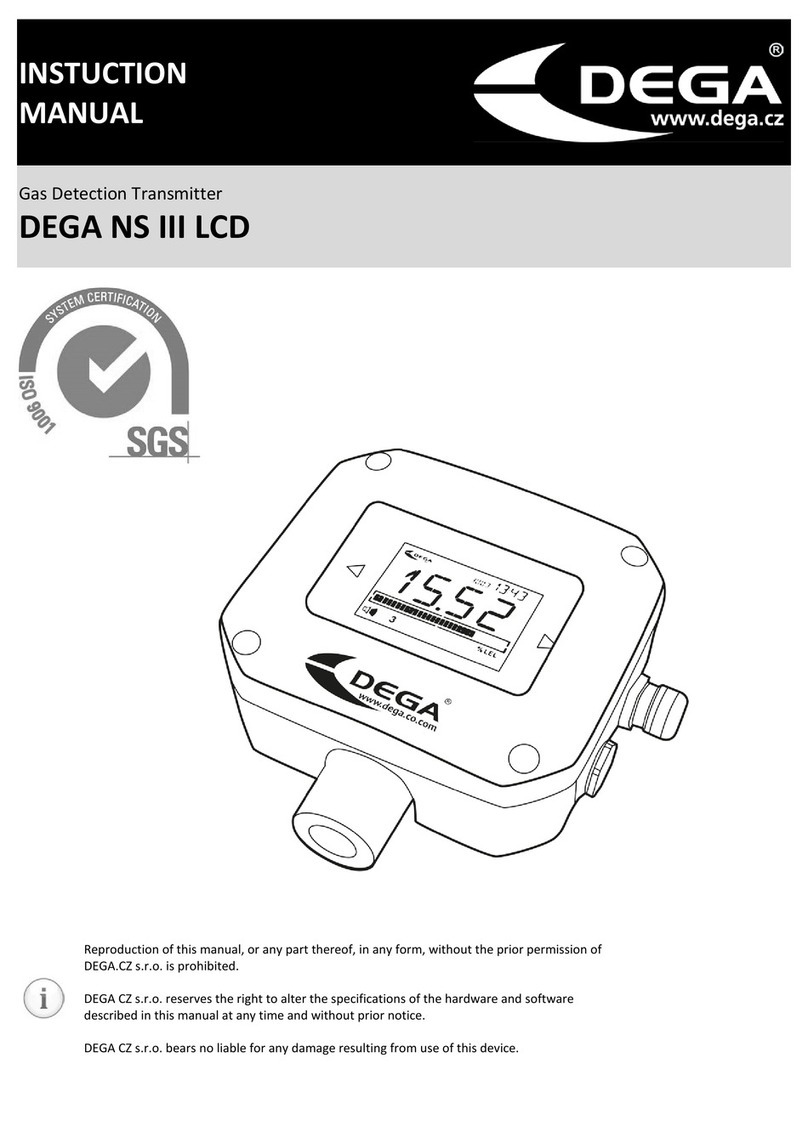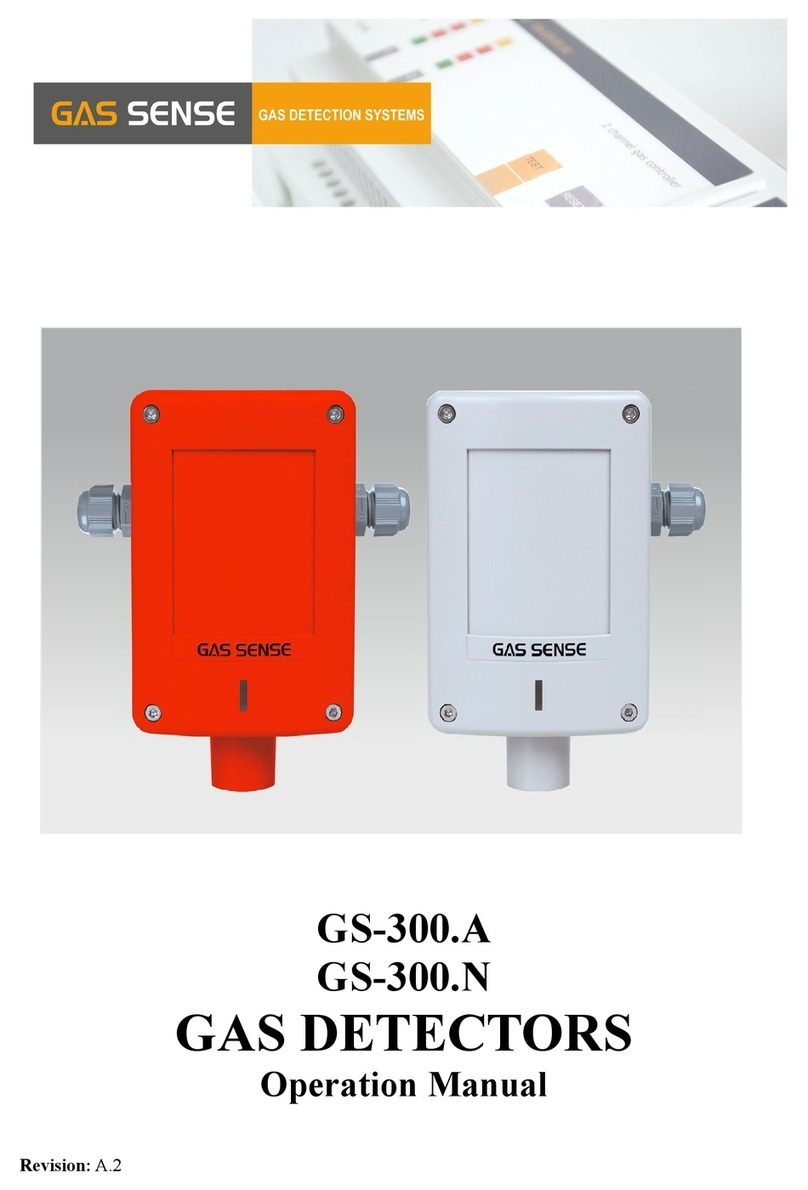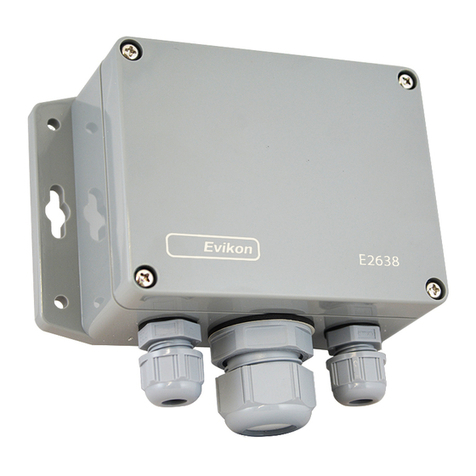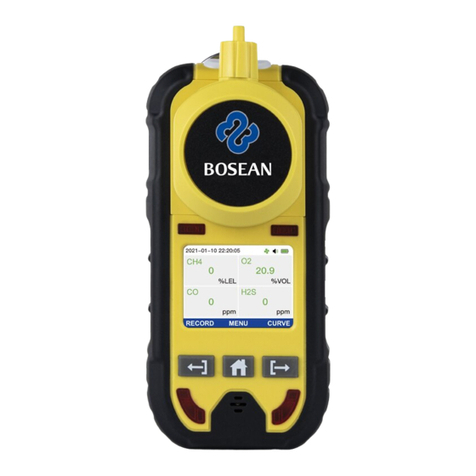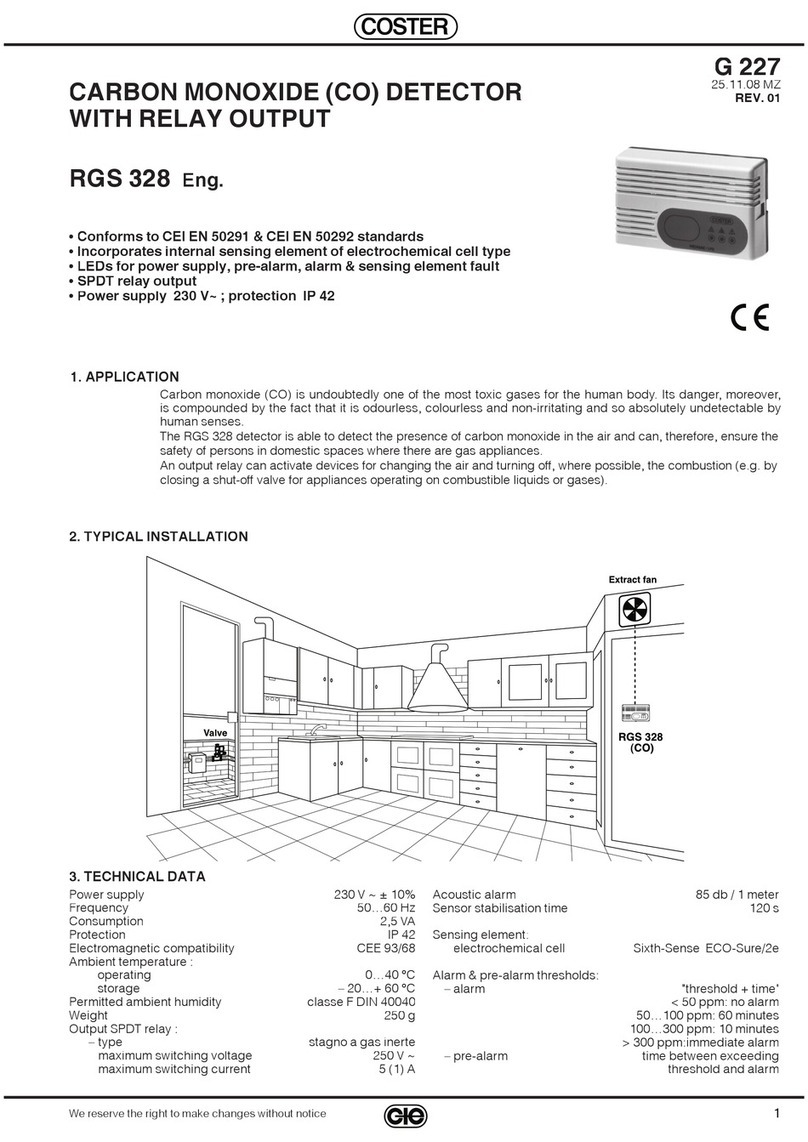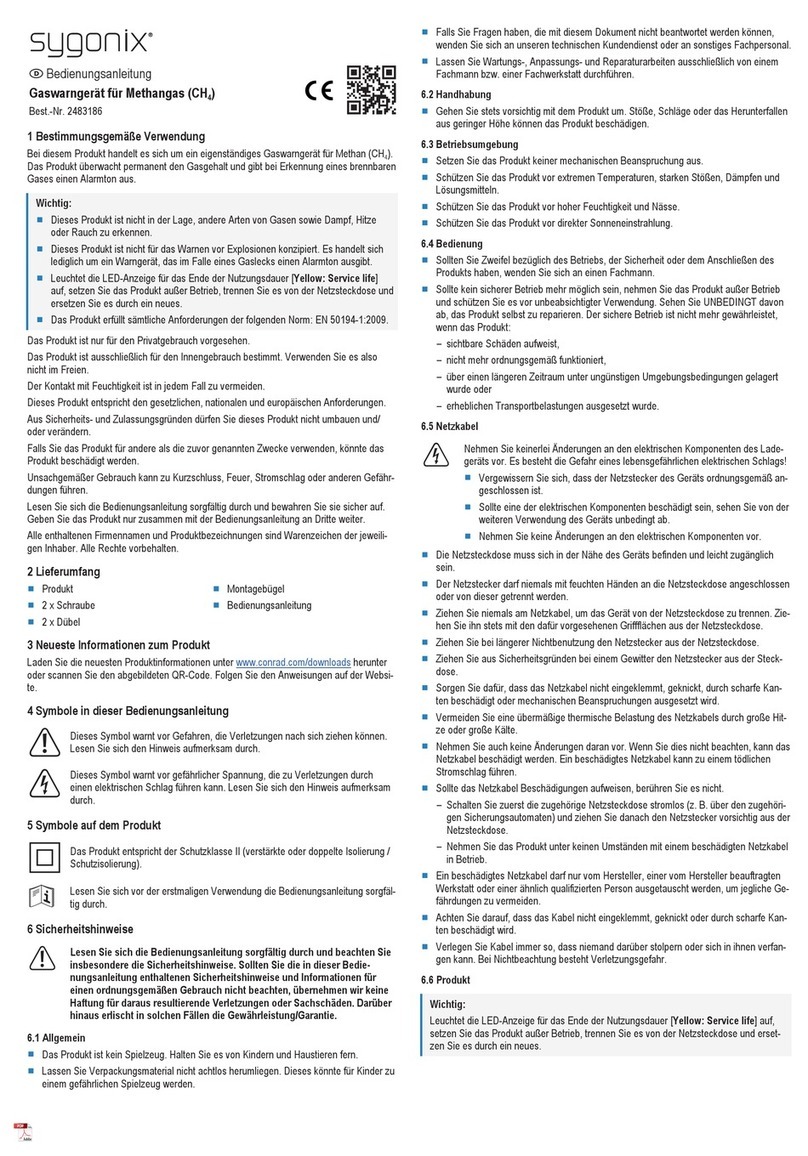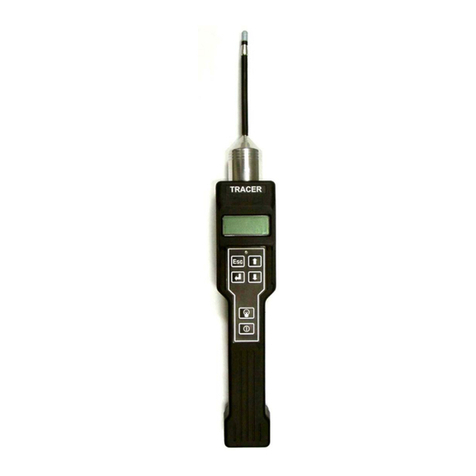
GT SERIES
1 INSTRUMENT, 7 APPLICATIONS
v
67112
Revision 10
4.2.5. Button Operation ...............................................................................................................15
4.2.6. Logging ..............................................................................................................................18
4.2.7 Confidence Signal.............................................................................................................18
4.3. Barhole Mode..........................................................................................................................18
4.3.1. Available Ranges ...............................................................................................................18
4.3.2. Features ..............................................................................................................................18
4.3.3. Barhole Mode Operation.................................................................................................18
4.3.4. Viewing Results...................................................................................................................21
4.3.5. Button Operation ...............................................................................................................21
4.3.6. Barhole Faults.................................................................................................................... 22
4.4. Carbon Monoxide (CO) Mode ............................................................................................ 22
4.4.1. Available Ranges .............................................................................................................. 22
4.4.2. Features ............................................................................................................................. 22
4.4.3. CO Sub-Modes ............................................................................................................... 23
4.4.4. Button Operation .............................................................................................................. 25
4.4.5. Logging ............................................................................................................................. 25
4.5. Purge Mode ............................................................................................................................ 26
4.5.1. Available Ranges .............................................................................................................. 26
4.5.2. Features ............................................................................................................................. 26
4.5.3. Display .............................................................................................................................. 26
4.5.4. Button Operation .............................................................................................................. 27
4.6. Sniffer Mode ........................................................................................................................... 27
4.6.1. Available Ranges .............................................................................................................. 27
4.6.2. Features ............................................................................................................................. 28
4.6.3. Display .............................................................................................................................. 28
4.6.4. Button Operation .............................................................................................................. 28
4.7. Pressure Mode ........................................................................................................................ 29
4.7.1. Available Ranges .............................................................................................................. 29
4.7.2. Features ............................................................................................................................. 29
4.7.3. Display .............................................................................................................................. 30
4.7.4. Performing Pressure Measurements.................................................................................. 30
4.7.5. Button Operation ...............................................................................................................31
5. Alarms............................................................................................................................................. 32
5.1. Instantaneous Gas Alarms ...................................................................................................... 32
5.2. Time-Averaged Toxic Gas Alarms .......................................................................................... 32
5.3. Gas Alarm Examples............................................................................................................... 33
5.4. Gas Alarm Options ................................................................................................................. 33
5.4.1. Latching/Non Latching..................................................................................................... 33
5.4.2. Acknowledging................................................................................................................. 33
5.4.3. Muting............................................................................................................................... 34
